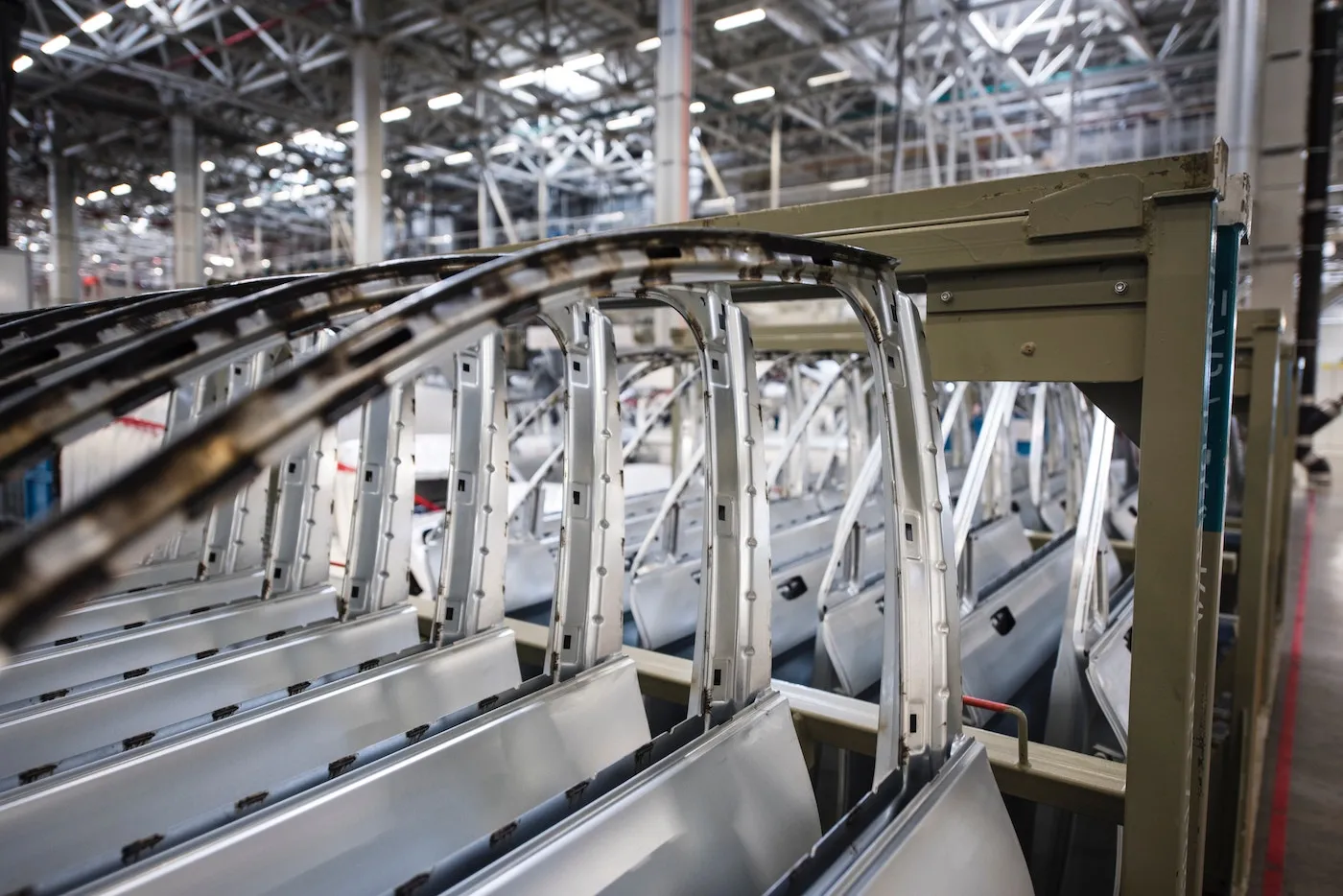A major challenge in the food & beverage industry is the shortage of qualified workers, especially as food processing equipment becomes more complex and seasoned workers retire. This situation was exacerbated by the COVID-19 pandemic, which has forced companies to deal with additional workforce shortages because of illness, self-isolation, and social distancing. In some F&B sectors, coronavirus outbreaks linked to production facilities forced full or partial shutdowns. Most food processing jobs cannot be done remotely; workers must be in the plant. However, safety protocols reduced employee numbers on site, making it harder for companies to stay efficient and maintain production levels.
The 2020 State of Food Manufacturing Survey Report from Food Engineering reported that almost 25% of F&B processors experienced workforce decreases compared to the previous year. Further, “the pandemic has exposed the vulnerabilities of an industry historically reliant on manual labor,” comments Resilience 360, a predictive analytics firm, in an October 2020 report.
To meet these labor challenges, F&B companies are investing in robotics and automation to counter the impacts of worker shortages and keep production lines running. Food Engineering indicates that 22% of processors plan to invest more in automation and robotics to meet new safety requirements and staffing challenges.
Visit the link to read more about the recent article from Food Engineering, and the Insight from Gray.
To learn more about Gray Solutions visit our services page.



